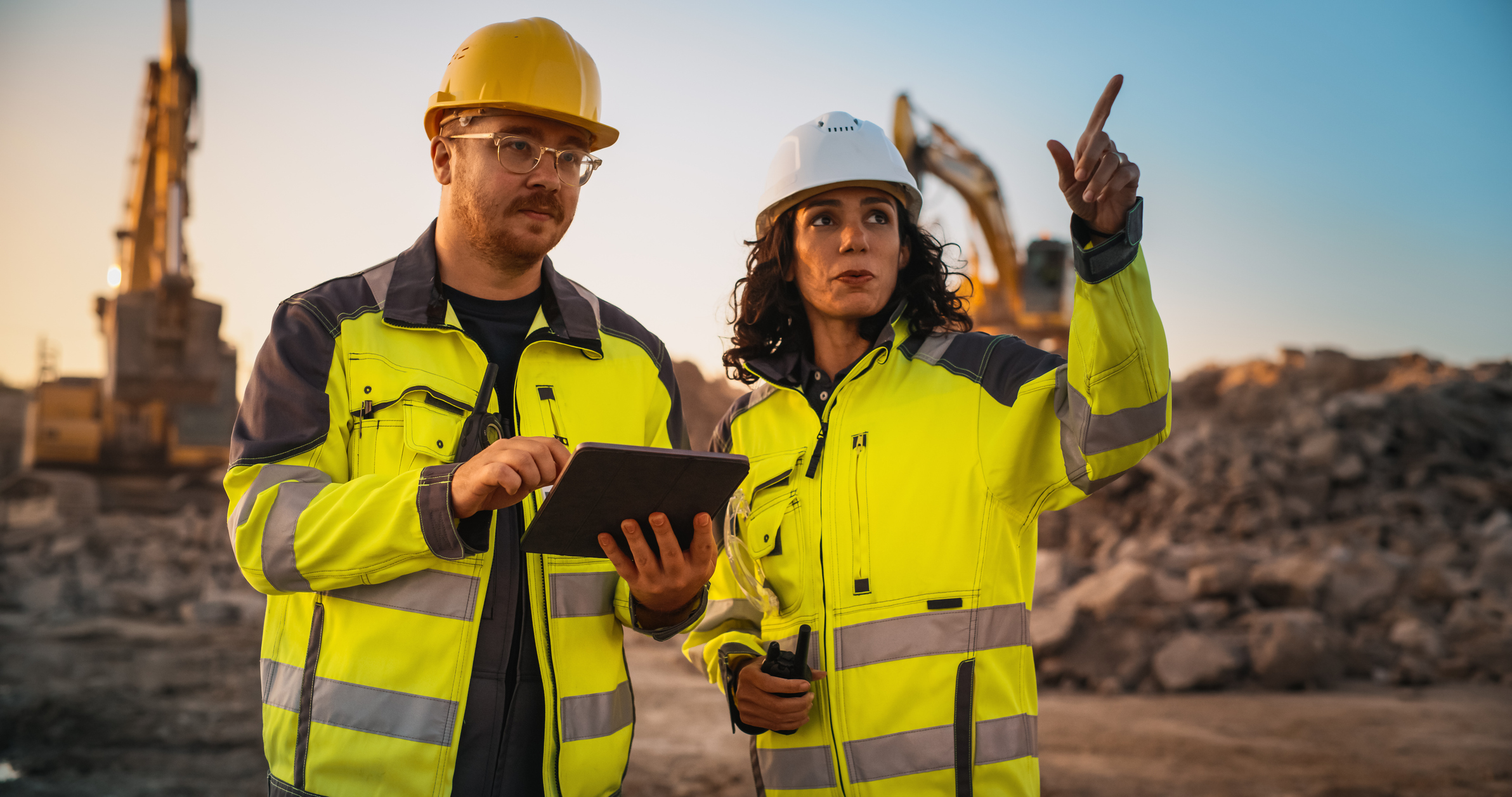Sexual Harassment Should be an WHS Issue: WA Parliamentary Report

Original article published by AIHS
Sexual harassment should primarily be considered a WHS issue and not simply an HR matter, according to a landmark WA Parliamentary report into sexual harassment against women in the FIFO mining industry.
The report, Enough is Enough: sexual harassment against women in the FIFO mining industry(link is external), found companies historically have dealt with sexual harassment as a human resources issue, and that neither the mining regulator nor mining companies have paid due attention to what sexual harassment in the workplace primarily is: “a serious health and safety issue”.
“Appropriately trained and resourced human relations staff are of course essential and will form one part of a broader response to incidents of sexual harassment,” the report said.
“And while it might occur on a spectrum of risk, all harassment has the potential to cause serious injury and must be treated accordingly. Industry and regulatory practices accustomed to dealing with physical danger and injury must now adapt to accommodate the characteristics of psychosocial harm.”
Libby Mettam, WA Shadow Health Minister and Chair of Community Development and Justice Standing Committee said in the report that sexual harassment is generally accepted or overlooked, while abuse of positions of power, serious breaches of codes of conduct and a culture of cover-ups, contribute to sexual harassment in the FIFO mining industry workplace.
“This represents a failure of the industry to protect its workers and raises real questions about why the Government was not better across this safety issue,” she said.
Women account for 18.9 per cent of the mining sector’s workforce – the highest level in history, while in 2020 the Productivity Commission estimated that FIFO workers represented 63 per cent of the WA mining workforce, which is significantly higher than in other states.
However, the report found women accounted for 74 per cent of mining workers who reported sexual harassment at work.
The report’s recommendations cover many areas, including establishing industry standards for accommodation facilities, CCTV, lighting, and other safety measures as well as more moderate drinking standards.
The report also said the sector should actively work to reduce the risks exacerbated by high rates of sub-contracting and ensure that obligations and health and safety standards are consistent across all workplaces.
“The key to change is embedding a workplace culture in all mining workforces that does not tolerate sexual assault or abuse, empowering bystanders, like the culture change programs that have addressed physical safety with such success,” said Shadow Minister Mettam in the report.
“This is a large task that will require commitment and change in all levels of mining companies themselves and considerable resources.”
The report acknowledged much work is being done to try and frame sexual harassment as a health and safety issue.
“This work included using WHS language when discussing sexual harassment; applying WHS risk factor assessment to sexual harassment to help plan to manage the risk; and gendered safety audits for company worksites to assess particular safety measures to reduce the risk of sexual harassment or assault,” the report said.





